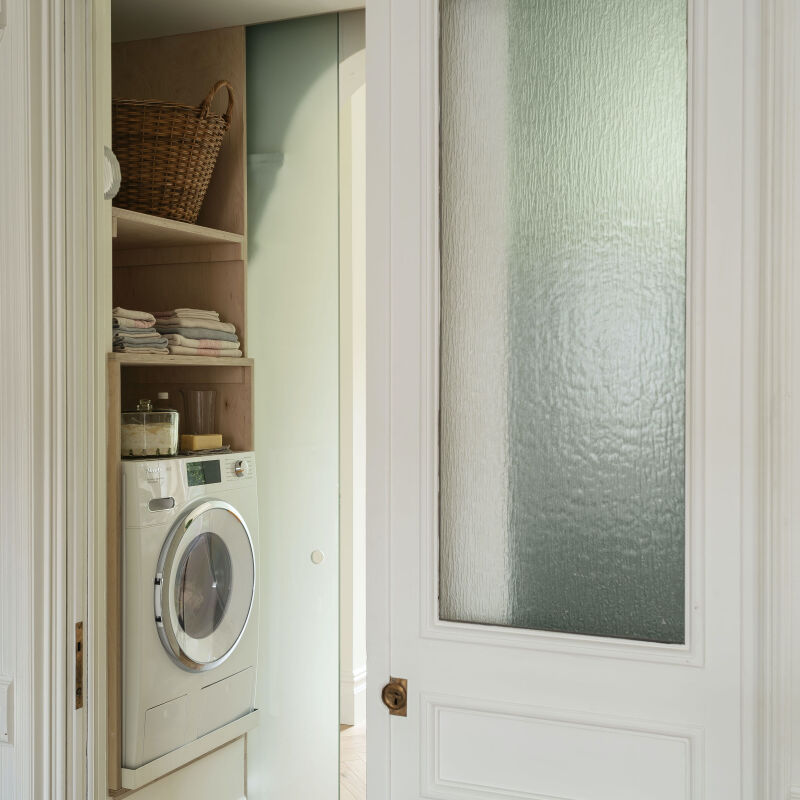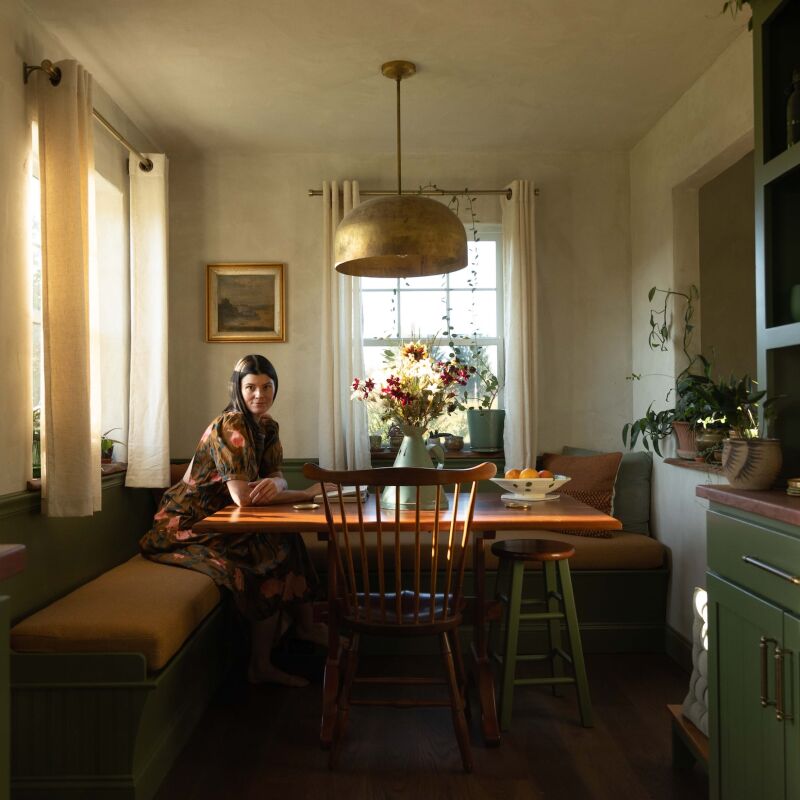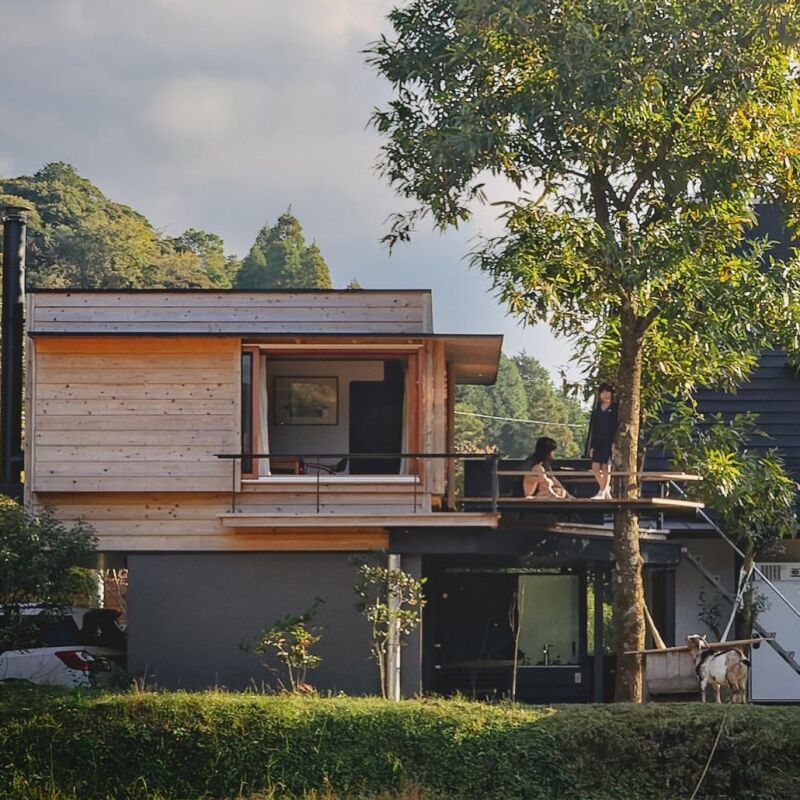No wonder so many of us like cooking with gas. There’s something atavistic about fixing food over an open flame—a throwback to primitive man (and woman!) hunched over the fire. And gas heat is a snap to regulate—it’s on as soon as you turn the knob; the flame size shows how hot it is; and when you turn it off it’s immediately off. Plus, it can be cheaper than using electricity.
But as you may have heard, gas ranges are on the way out. In 2019, Berkeley, CA, became the first city to ban gas hookups in most new homes and buildings. Since then, many California cities, including San Francisco and Sacramento, have adopted similar ordinances. Massachusetts and Washington state are moving in the same direction. And in December 2021, in a sign of the times, New York City passed an act banning gas hookups in all new buildings (to take effect in December 2023 for buildings under seven stories; in 2027 for taller structures).

What’s the rationale? Cities want to cut reliance on fossil fuels, as part of our collective effort to reduce climate change. But there are more reasons for you to swap out your beloved gas stove. Recent reports show that gas ranges constantly leak methane, a greenhouse gas that contributes to global warming. And by “constantly,” we mean even when the stove is off.
It’s no small problem, given that some 40 million US homes (about a third) have gas ranges. An article published in January 2022 in Environmental Science and Technology revealed that “annual methane emissions from all gas stoves in US homes have a climate impact comparable to the annual carbon dioxide emissions of 500,000 cars.”
But wait! We’re not done listing the hazards. While methane gas emissions harm the atmosphere, they don’t cause health problems in humans. It’s the other pollutants commonly emitted by gas stoves—nitrogen dioxide (NO2), carbon monoxide, and formaldehyde—that can harm members of your household, by causing or worsening respiratory diseases. Even at low levels, these noxious fumes are especially dangerous for people who suffer from asthma or chronic obstructive pulmonary disease. And there’s evidence that children living in homes with gas stoves run a 20 percent higher risk of developing a respiratory illness. Remember pilot lights that were always on? Most gas stoves built after 1990 no longer have them, in a change made to reduce emissions. And note that while other household gas appliances—furnaces and water heaters—are required to vent to the outdoors, gas ranges generally are not.
Now that we’ve gone over the cons of gas stoves, what are the pros of electric models? They’re easier to clean and more energy-efficient (translating to faster boiling times). And they don’t worsen indoor air quality. Induction stoves are especially great for households with young kids; the hobs instantly cool when the pot or pan is removed.
For all these reasons, an electric range is a much wiser choice.

Q: I’m convinced! How do I go about replacing my gas stove?
A: Before you can install an electric range, you’ll probably have to upgrade your kitchen’s wiring. Your gas stove operated on 120 volts, but a new electric unit will require 240 volts. So you’ll need a licensed electrician to run a larger wire from the panel breaker to the kitchen and hook up a new 240-volt receptacle there.(For more advice about replacing your range, go here.)
Q: Should I opt for a regular electric stove—or step up to an induction range?
A: There are many reasons to switch to induction cooking. These electric appliances, which use an electromagnetic current to heat pans, are the most energy-efficient option, consuming about half the energy of a typical electric stove with coil burners. They’re also the safest option: they don’t produce excess heat, dangerous flames, or pollutants. What’s more, the burners stay cool to the touch—even when they’re turned on—and distribute heat very evenly. There are a few drawbacks: You must use flat-bottomed pots containing iron (not aluminum or glass). And it’s the most expensive option, which could be why less than 5 percent of US homes have adopted them. (For more on choosing a new stove or cooktop, go here.)

Q: I just got a new gas stove and I’m not keen to replace it any time soon. What to do?
A: For starters, maximize ventilation. Always turn on your range hood when you’re using the stove, and prioritize the back burners, which allow the range hood fan to capture more gases. Note that to be fully effective, the hood must vent to the outdoors—which isn’t always the case in, say, an apartment building (see Vented vs Non-Vented Range Hoods). And open a window to let pollutants escape to the outdoors. This will also reduce smoke and grease that result from cooking. It’s believed that a gas stove’s leaked emissions come mostly from the burner control valves. Keep the stovetop and burners clean to help minimize this—and make sure the burner caps are
properly positioned (indicated by a steady blue flame). If the burners don’t ignite quickly, call in a repair service.
Q: How can I replace my gas stove in an environmentally responsible way?
A: If your gas stove is relatively new and in good working condition, donate it to a Habitat for Humanity reStore, Goodwill, or other charity. (Call your local chapter for specific requirements, such as age of the appliance.) When you buy a new stove, ask if the retailer will remove your old one when they deliver the new one—but make sure the company is a certified recycler of old appliances.
If you can’t rely on the retailer, see if your local municipal recycling office will do a curbside pickup. Other options: locating a scrap metal recycler or certified recycling facility in your area.
N.B.: In our just-released book, The Low-Impact Home, we discuss the world of eco-friendly appliances, including induction.






Have a Question or Comment About This Post?
Join the conversation